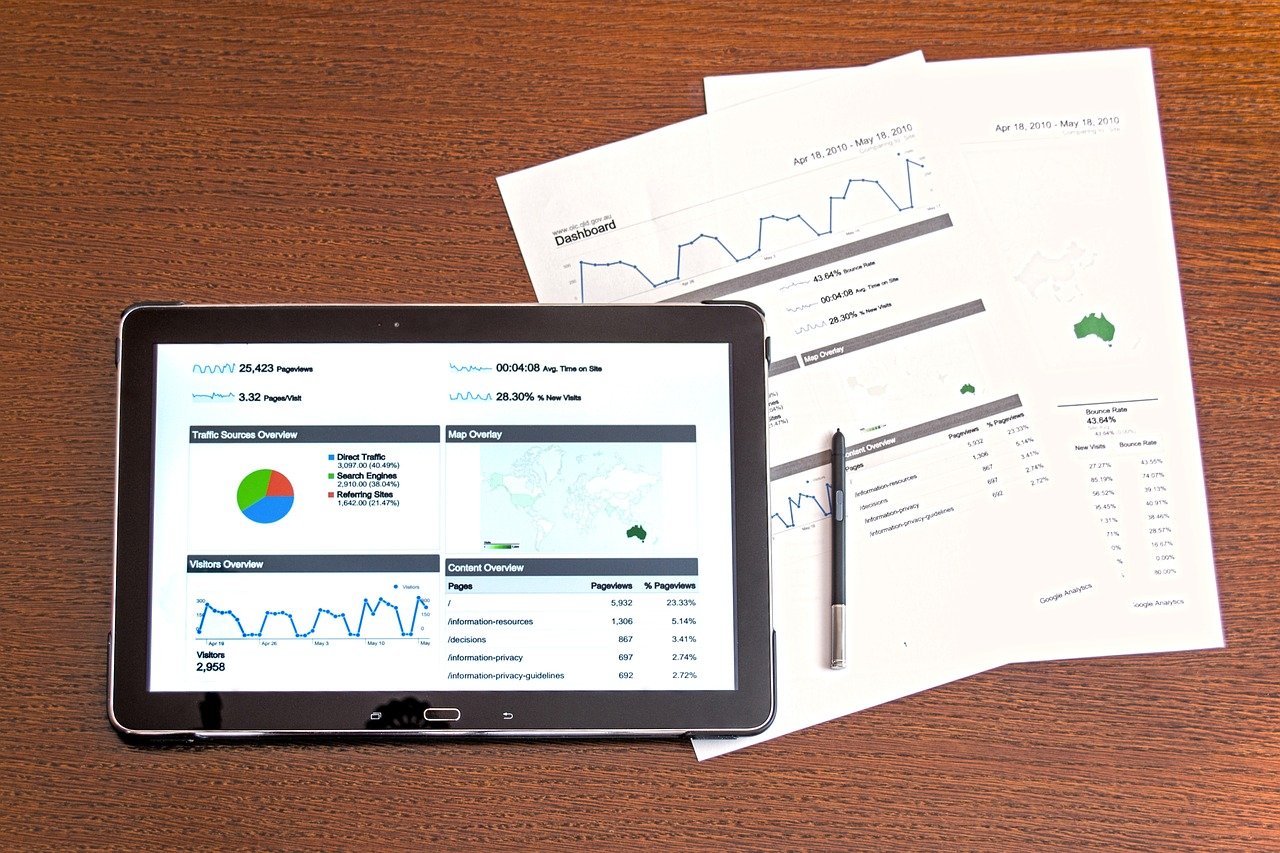The online world is all about optimization. You need Search Engine Optimization to put your site and landing pages in front of customers, you need content optimization for social media and other channels, and you also need Conversion Rate Optimization (CRO) to make sure your PPC ads work at 100% capacity and bring in the best results.
According to Google and based on the fact that small, medium and large brands continue to invest in PPC ads, it’s easy to see this is a great marketing tool. However, it’s not that easy to master and, regardless of your level of knowledge, ads require constant tweaking (or optimization).
So, whether you’re a beginner or a professional PPC ads manager, these tips on the most common (but often forgotten or ignored) CRO methods may be of use to you:
#1: Get a Proper Management Tool
If you’ve been keeping the data for your PPC campaigns in an Excel sheet, it’s time to stop and upgrade to something better. While Excel has its own benefits, there are specially designed Pay Per Click software tools to use for managing your campaigns. These come with automated functions, notifications, and proper progress tracking.
Even if this has nothing to do with a CRO method, it will influence the overall flow of the campaign(s) as it provides you with better control and advanced insight. Moreover, you can automate some of the functions, so progress is no longer dependent on your timetable.
#2: Identify the Type of Conversion you Need
Conversion doesn’t just mean sales and an increase in profit (although, it’s not bad if this happens). Conversion is the word marketing people use to define the action they want users to do when they reach a certain page. Therefore, a newsletter subscription can also be a conversion, and so can be an email or a phone call (provided they originated from your page).
Therefore, before you can even think about optimization, it’s important to know what you need to track. For instance, many businesses forget about email sign-ups or user account creations, which are also part of the process. And, by tracking all types of conversions, you can identify problem areas (a low user account creation mark can signify the process is long or difficult).
#3: Ads vs Page Relevancy
Your ad copy must be a perfect summary of the page it leads to in order to create an atmosphere of trust and tempt the user to stay longer and even buy. However, we often see ads that focus on a specific keyword only to lead to a page that has little to do with it. It’s like posting an ad that’s relevant for translators looking for a job when, in fact, you are offering translation services and are not interested in hiring anyone.
When this happens, visitors feel misled and lose trust in your business. Moreover, they leave the page, increasing the bounce rate, decreasing your quality score in Google Ads, and decreasing your budget (users get to the page by clicking the ad) for nothing.
Therefore, always make sure the ad is representative of the content available on the landing page. When they click on the ad, users must be able to find more information on the topics and keywords used in the ad copy.
#4: Listen to Recommendations
Google Ads will provide a series of recommendations (improvements and optimizations) in the upper-left corner of your account’s dashboard. These are provided by the smart algorithms behind the platform that constantly manage and analyze the progress of each account.
Now, this doesn’t mean they are 100% fail-safe. In fact, you should take these recommendations with a grain of salt. Still, it’s good to go through them as they come and check if there is any value in them. For instance, bid adjustments and redundant keywords are quite useful.
#5: Analyze, Adjust, Try Again
This sequence should become your second nature if you want to improve the conversion rate of your ads. Analyze previous progress and data and draw conclusions that will help improve current campaigns. Also, always keep in mind the option of scaling your online business as things get better and your products gain more traction on the market.
In summary, to be successful with Google Ads, you need to be up to date with the market’s latest trends and constantly integrate the ones that influence your target audience into your campaigns.











